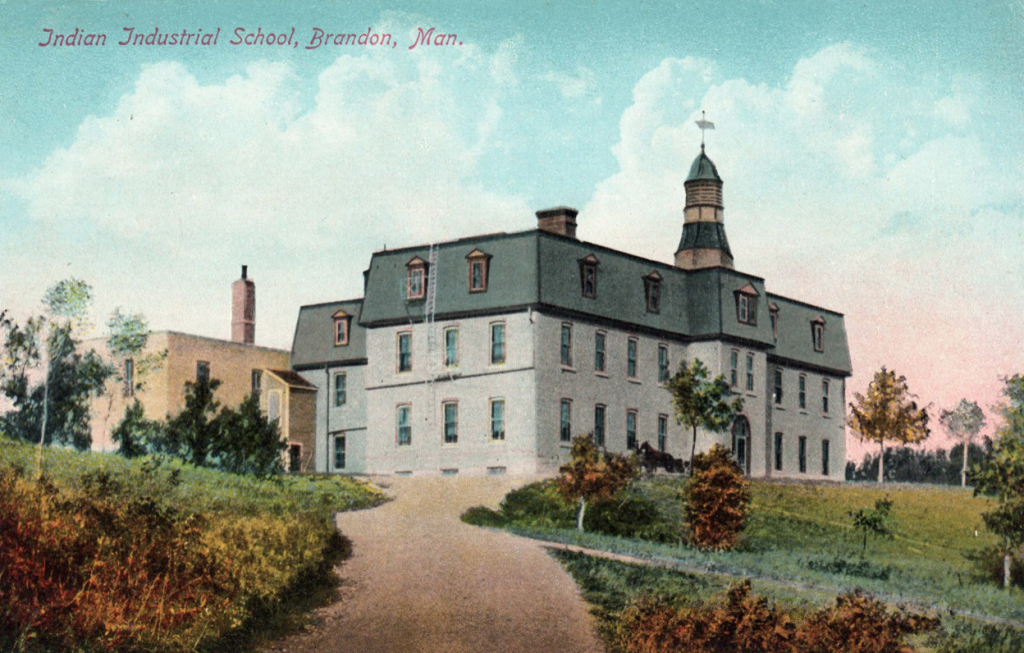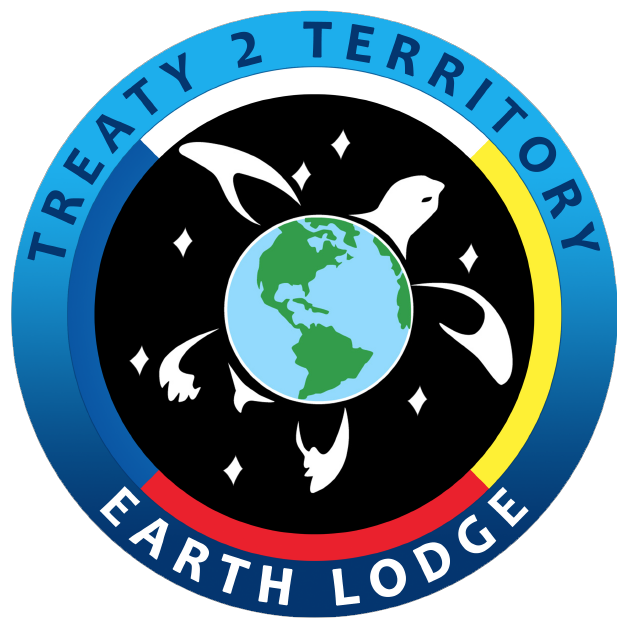Treaty 2 Territory- The residential school in Brandon was established in 1895 by the Department of Indian Affairs at the urging of the Missionary Society of the Methodist Church. The Methodists, who assumed management of the school, wanted an industrial residential school for children from north of Lake Winnipeg, where most of their missions were established. The location, more than 1,000 Kms from the missions, was intentional as children would be better assimilated when far from their home and culture. The Brandon Institute was conceived as an industrial training facility and focused on vocational, rather than academic training up to the 1950s.
When heading northward, John Semmens (superintendent), recorded several questions frequently asked by parents, including:
- Would the children return after their studies were completed?
- Was it the government’s plan to destroy their languages and tribal life?
- Would their children would be enslaved and exploited for money?
- Could the children return home by their own decision or the decision of their parents?
- Would the government actually keep their promises surrounding the schools?
Although the federal government pressed on with compulsory attendance, initially the school recorded sparse attendance records. Decades later, the school’s records indicate that children frequently ran away. Parents complained about their children being fed a poor diet while being housed at the school. Despite these realities, one teacher interviewed for an article in the Winnipeg Free Press expressed hopes that the school’s environment would educate students to the point that they would become “discontented” with their reserve communities. Allegations of abuse were not unheard of but did not appear to be thoroughly investigated. The vacant school was demolished in 2000.
The land that the school and its grounds occupied is now owned by three entities: the research farm, a private campground owner, and Sioux Valley Dakota Nation. The landscape has been flooded repeatedly in the last few decades.

To date, there are estimated to be 104 children’s bodies buried in three sites, though there are only records of 78 deceased children. Access to the site is limited by the complicated division of ownership. A research partnership of Sioux Valley Dakota Nation, Simon Fraser University, Brandon University, and the University of Windsor has secured Social Sciences and Humanities Research Council funding to identify the children. The complete investigation of residential school remains of children is covered by calls #71-76 of the 94 Calls to Action of the Truth and Reconciliation Commission.
There were many other residential schools throughout Manitoba and Canada. At this time, many are being investigated with ground penetrating radar to begin to account for the children whose bodies remain at the schools, largely in unmarked graves. Along with the TRC, many Indigenous leaders, communities, and families of the children are calling for complete physical investigation of all school sites and the opening of church records. There are also calls for criminal investigation of the children’s deaths in cases where that action is appropriate. There have also been repeated calls for an official apology from the Vatican.
Submitted by Renée McGurry, Earth Lodge Development Helper
Website: http://lodge.fnt2t.com
